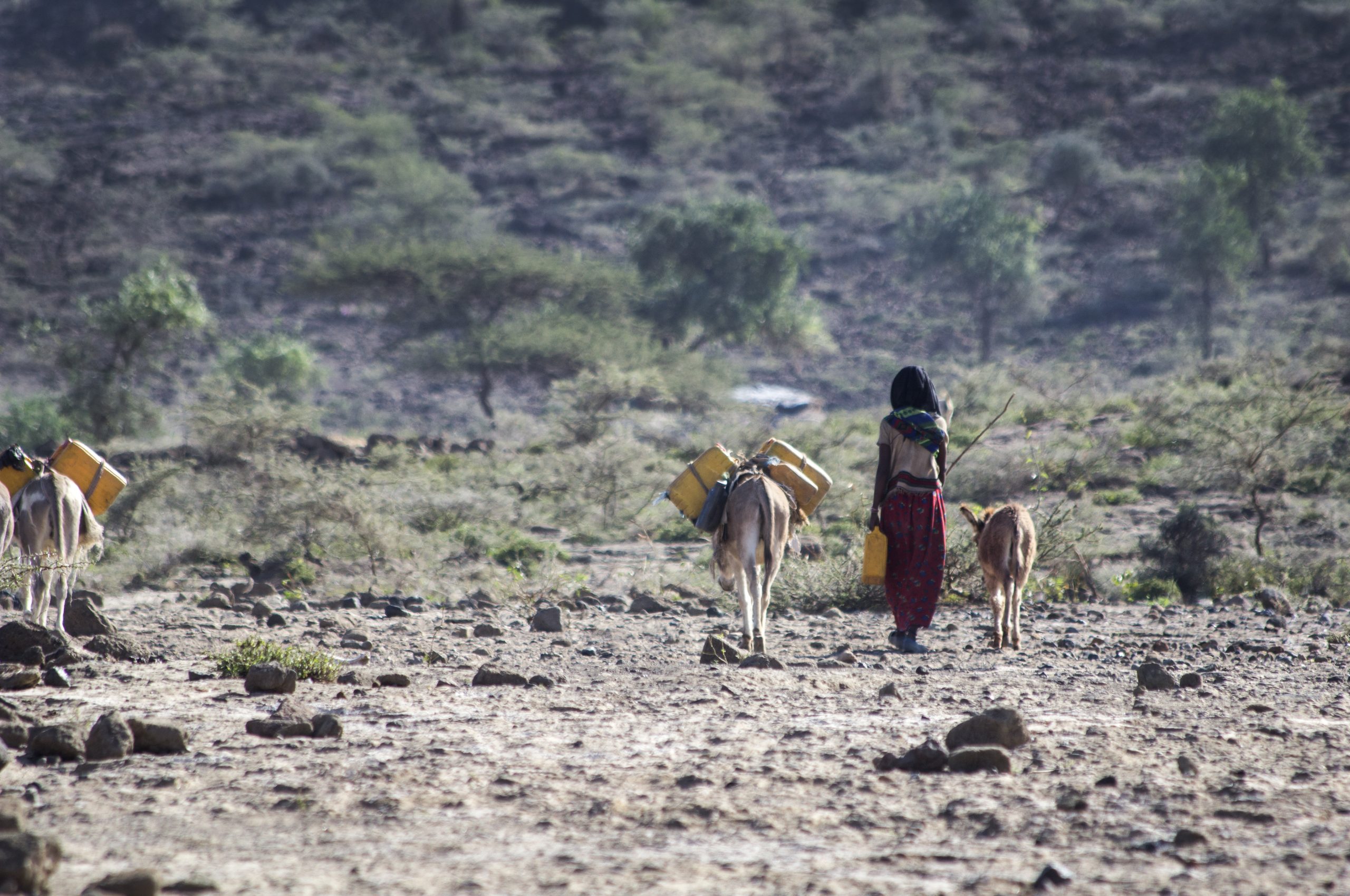Dr Meron Teferi Taye and Dr Ellen Dyer
This article was originally written for The Conversation Africa. It has been reposted in The South African, CNBC Africa, All Africa, The Africa Report, Relief web, and has been shared via the Addis Standard, as well as in the African Development Bank newsletter.
In July Ethiopians planted 350 million trees in a single day. This was part of the country’s national green legacy initiative to counter environmental degradation and climate change. The initiative ultimately aims to grow 4 billion trees across the country.
Ethiopia has long struggled with land degradation problems in part caused by unsustainable agricultural practices – like vegetation clearance and overgrazing, among others. These pressures are increasing as the population grows.
Where water becomes scarcer due to climate change, land degradation could worsen. But what does the science tell us about the effects of climate change on water resources, and so on people and the economy, in Ethiopia?
Since 2015, the REACH programme – a global research programme to improve water security for the poor and in which we are involved – has attempted to answer this question. We focused on Ethiopia’s Awash River basin, one of the country’s most economically and socially important basins.
The basin represents about 10% of the country’s land area, and 17% of its total population. It is home to the capital city, Addis Ababa, and also plays a critical role for Ethiopia’s economy.
In Ethiopia, most studies on the effects of climate change on water resources focus on the Nile basin. Future projections also often lack consistency because of the differences in the models that are used. Our research aimed to develop better estimates of the effects of climate change on water availability in the Awash basin. We did this by using climate models that best represented the region’s characteristics.
We found that, in the future, the basin will be hotter, drier and more water stressed. This could have severe consequences on human and economic development, highlighting the need for climate resilient policies to minimise impacts.
Water is crucial for people and the economy
In Ethiopia, rainfall and water availability are highly variable. The lack of water often impacts communities, industry and agriculture. Almost all food crops, and most industrial crops in Ethiopia, are produced by rain-fed agriculture. Industrial crops alone contribute to 85% of export earnings.
In addition water is vital to electricity generation. Hydropower accounts for about 90% of Ethiopia’s electricity.
This high reliance on water means that Ethiopia is very vulnerable to water-related climate shocks – like water scarcity, drought and floods. A modest 5% decrease in rainfall could cause a 10% decrease in agricultural productivity and reduce the GDP derived from the basin by 5%.
The basin is already vulnerable. It often experiences floods and droughts. Besides, access to water is very geographically uneven, with rainfall and surface water being scarce downstream and relatively abundant in the highlands. To what extent would adding climate change to the mix worsen the situation?
Hotter and drier future
Using models that best characterise the basin, we projected future changes in temperature and precipitation. We then compared those to the historical average. Our climate projections suggest water stress will generally intensify in the future – although there are some spatial differences. Water availability will continue to decrease progressively until at least the end of the century.
These findings are particularly critical for the key irrigation period of April to June. During these months we find decreasing precipitation and increasing temperature will lead to lower water availability.
These months are the peak irrigation period for both small-scale farmers and large-scale irrigators. Additionally, water allocation between hydropower and irrigators could be a source of conflict in the face of decreased water availability.
Finally, this will make water access more challenging for human needs such as drinking, sanitation and hygiene. This will be particularly true for poor and vulnerable communities, and those downstream.
Climate resilient policies
Developing climate resilient policies for allocating water, and planning for a reduced water availability, is ever more pressing. But incorporating climate information within management decisions is a complex task. This requires access to scientific information and a good understanding of the current and future hydroclimatic situation.
To support better water management and allocation policies, our research points to the need to:
- Improve the accessibility of climate information and develop the capacity of staff in government and related institutions to be able to understand and use it for water management;
- Sustainably develop additional water sources, such as groundwater, which could act as a buffer and supplement surface water supply;
- Consider the needs of the poorest in the basin who are the most vulnerable to climate change.
Of course, decisions about how much water to allocate and to whom in a drier future will be politically challenging. They require effective management strategies, political will and investments and better stakeholder dialogue forums. Scientists will also need to work more closely with policy makers.
Ethiopia’s green legacy is a promising contribution towards tackling global climate change: trees can play an important role in removing atmospheric carbon dioxide. But can trees contribute to local climate adaptation and mitigate land degradation?
This is a complex question and our view is that, for a country that will likely be hotter, drier, and more water stressed, climate resilient policies need to be grounded in robust science.

